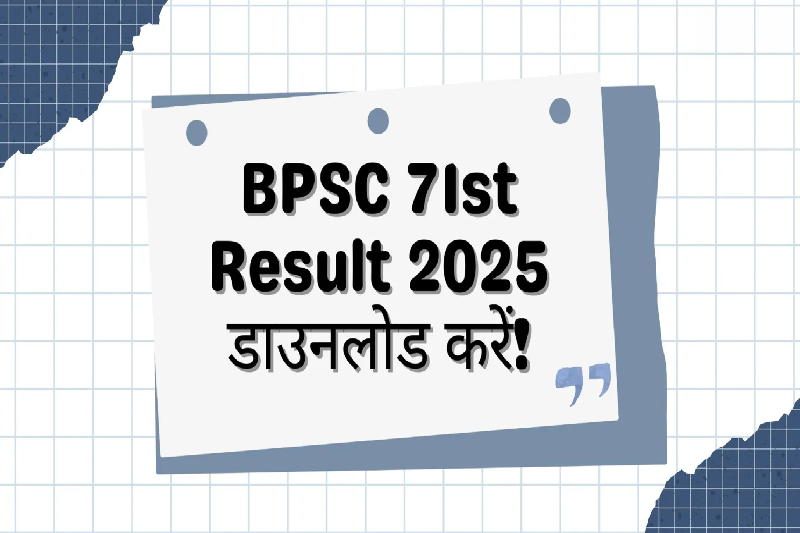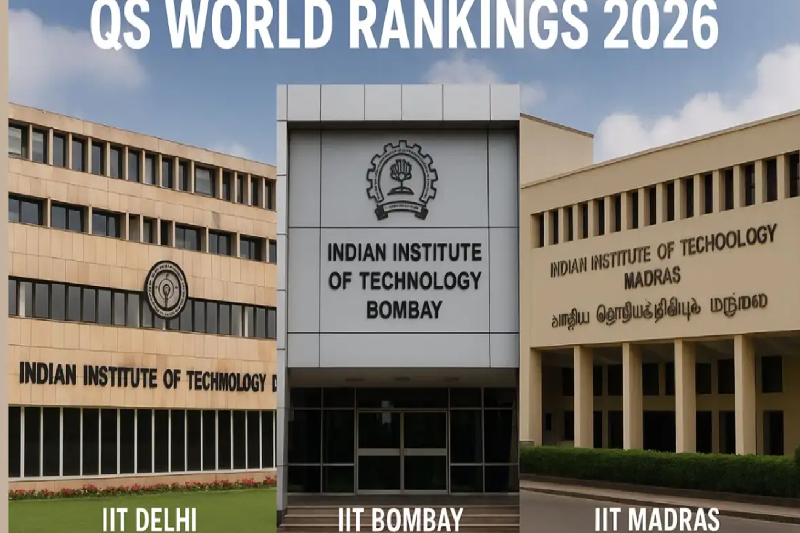
Post-Pandemic Learning Gap Persists: Class 3 Students Still Lag Behind Pre-Covid Benchmarks, Govt Survey Reveals
India’s school education system continues to grapple with the long-term academic consequences of the Covid-19 pandemic. According to the PARAKH Rashtriya Sarvekshan 2024, the latest nationwide student assessment by the Ministry of Education, Class 3 students — a critical cohort representing the end of the foundational stage of learning — are yet to reach pre-Covid learning levels, even though there's been a slight recovery since 2021.
This nationwide assessment offers the most comprehensive insight into the post-pandemic academic recovery across government, private, and aided schools — and the results raise concerns for policymakers, educators, and parents alike.
The Assessment: Over 21 Lakh Students Across India Evaluated
The PARAKH Rashtriya Sarvekshan (formerly known as the National Achievement Survey or NAS) was conducted in December 2024, covering:
- 21.15 lakh students
- 74,229 schools
- Classes 3, 6, and 9
- Nationwide participation across urban and rural areas
Unlike previous rounds of NAS, this 2024 edition was aligned with the National Education Policy (NEP) 2020. The policy classifies:
- Class 3 as the end of the Foundational Stage
- Class 6 as the end of the Preparatory Stage
- Class 9 as the end of the Middle Stage
This change enables a more policy-relevant understanding of student learning outcomes across three vital developmental phases.
Class 3 Scores: Some Progress, But Still Behind 2017 Benchmarks
Among the three grades assessed, Class 3 was the only class that appeared in all three assessment years — 2017, 2021, and 2024 — allowing for a direct longitudinal comparison.
Key findings in Language:
- 2024 Average Score: 64%
- 2021 Score: 62%
- 2017 Score: 66.7%
Key findings in Mathematics:
- 2024 Average Score: 60%
- 2021 Score: 57%
- 2017 Score: 63%
While the 2024 results mark a modest improvement from the pandemic-disrupted 2021 round, they still fall short of pre-pandemic levels — especially when compared with the 2017 NAS data. The gap, though narrower than in 2021, reveals that complete academic recovery remains a work in progress.
Breakdown of Competencies: Where Students Struggled Most
The PARAKH report offers detailed insights into specific learning competencies evaluated in both Language and Maths for Class 3 students.
In Language:
- Highest scoring competency (67%): Using words for daily interactions
- Lowest scoring competency (60%): Reading short stories and comprehending meaning
In Mathematics:
- Highest scoring competency (69%): Identifying patterns, shapes, and numbers
- Lowest scoring competencies (50%): Understanding geometric shapes and handling basic money transactions
This data reveals a notable challenge in comprehension-based and application-focused learning, particularly in reading and practical math usage — areas that are vital for cognitive development in early childhood.
Class 6 and 9: Alarm Bells Ring as Scores Fall Below 50%
Although Class 3 saw partial recovery, students in Classes 6 and 9 performed well below expectations, with average scores falling below 50% across all subjects except language.
Education Ministry officials attribute this steep decline to the severe academic disruptions caused by the pandemic, particularly for students who experienced crucial developmental years without proper in-person learning.
Why the Concern is Higher for Classes 6 and 9:
- These stages mark the transition into more complex academic and conceptual learning.
- Students in these grades missed foundational learning during pandemic-induced closures.
- Many may have entered middle school or secondary school without mastering prior competencies, leading to cumulative gaps.
The Covid-19 Impact: A Lost Learning Generation?
Education experts have long warned that the Covid-19 pandemic would create a “learning loss generation,” particularly in low- and middle-income countries where access to online education was uneven.
India’s 2021 NAS already captured the first signs of this crisis, revealing a sharp drop in student achievement across primary and middle grades. The 2024 PARAKH assessment, though showing incremental recovery, confirms that the damage was substantial and long-lasting.
Key factors that contributed to continued learning loss:
- Unequal access to digital learning tools during lockdowns
- Interrupted school routines and weakened student-teacher engagement
- Mental health impacts and lack of parental support in home learning environments
- Inadequate bridging programs once schools reopened
What the Data Signals for Policymakers and Educators
The PARAKH Rashtriya Sarvekshan 2024 underscores the urgent need for targeted remedial strategies in foundational literacy and numeracy, especially at the primary level.
Suggested Interventions:
- Bridging curriculum modules focused on comprehension and applied learning
- Stronger teacher training in post-pandemic pedagogy
- Use of adaptive digital tools to support individualized learning
- Frequent low-stakes assessments to track progress
- Parental engagement programs to build a learning-supportive home environment
Given that foundational learning deficits can snowball into deeper academic challenges in later stages, these interventions must be prioritized and scaled quickly.
Conclusion: Recovery Is Underway, But Still Incomplete
The PARAKH Rashtriya Sarvekshan 2024 paints a nuanced picture: while Class 3 students have shown some improvement since 2021, their learning outcomes remain below the pre-Covid standards set in 2017. The learning gaps are especially glaring in reading comprehension and real-life mathematical application — areas that are critical to early cognitive development.
Classes 6 and 9’s performance adds further urgency, reminding us that academic recovery is neither automatic nor even. Policymakers must focus not only on restoring pre-pandemic performance levels but also on building resilience into the education system for future disruptions.
If India’s education system is to align with the ambitious goals of the National Education Policy 2020, addressing these learning gaps must become a national priority — starting with the youngest learners today.



